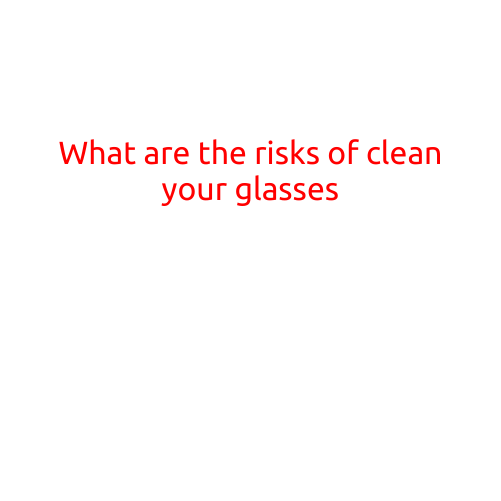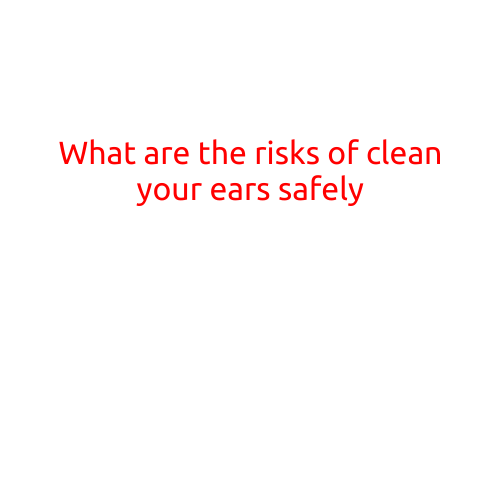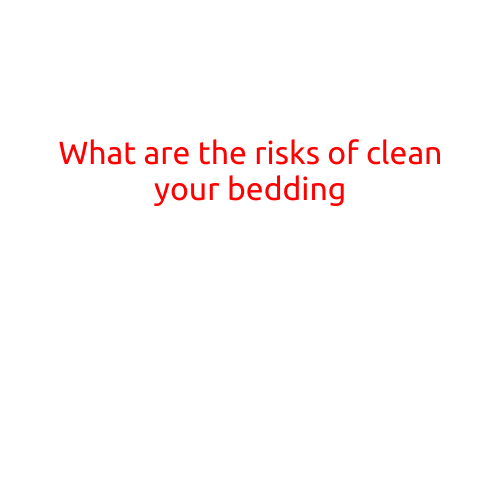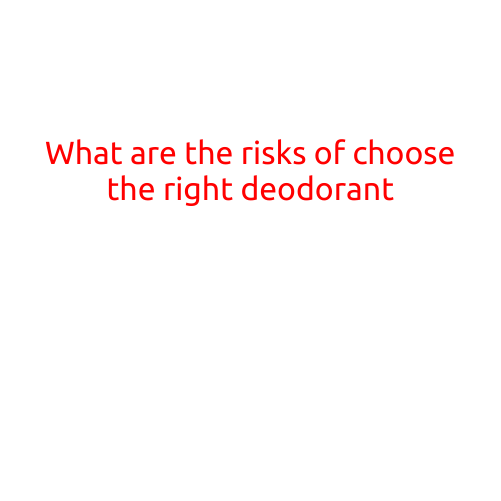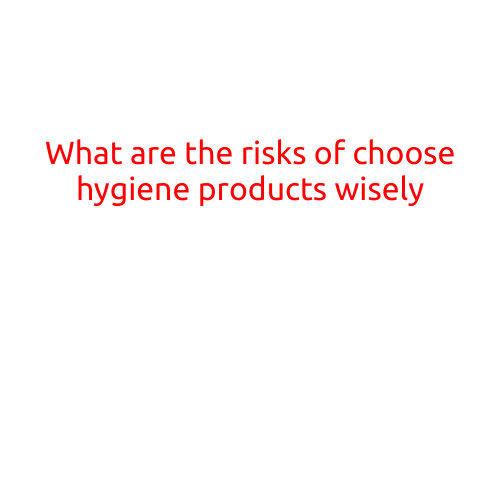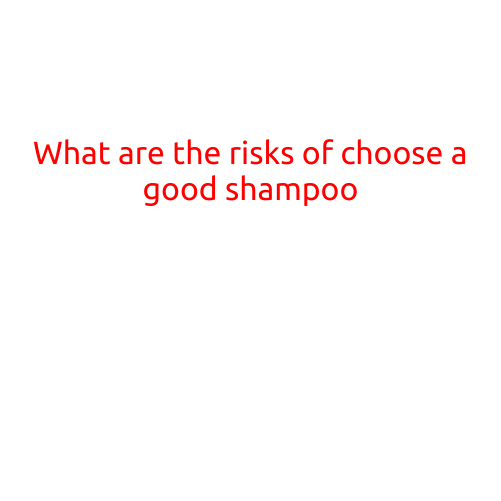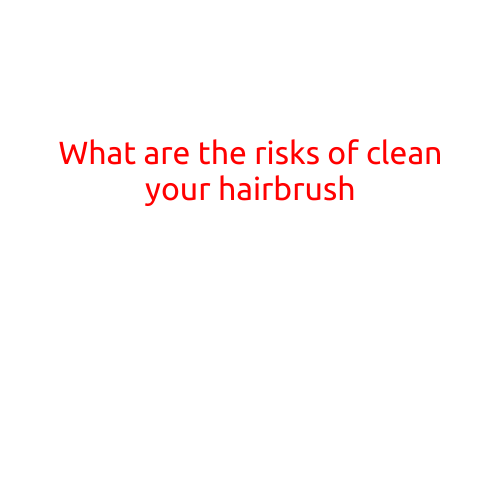
What are the Risks of Cleaning Your Hairbrush?
Cleaning your hairbrush may seem like a harmless routine, but did you know it can pose some risks to your health and the longevity of your hairbrush? In this article, we’ll delve into the potential dangers of cleaning your hairbrush and provide you with some tips on how to do it safely and effectively.
Risk 1: Damage to the Hairbrush
Using harsh chemicals or abrasive materials to clean your hairbrush can cause damage to the bristles or other components. This can lead to the bristles falling out, tangling, or becoming misshapen, rendering your brush useless.
Risk 2: Exposure to Harmful Chemicals
Many cleaning products contain harsh chemicals that can be harmful to your skin and the environment. When you clean your hairbrush, these chemicals can transfer to your hair and scalp, causing irritation, itchiness, and even infections.
Risk 3: Risk of Bacterial Contamination
Hairbrushes are breeding grounds for bacteria, dust mites, and other microorganisms. When you clean your hairbrush, you’re essentially spreading these bacteria around, which can lead to scalp infections, dandruff, and other skin problems.
Risk 4: Damage to Hair
Using a hairbrush with damaged bristles or a rough surface can cause breakage, tangling, and split ends. Additionally, cleaning your hairbrush with hot water or drying it with a hot hair dryer can damage your hair and lead to dryness, frizz, and unmanageability.
Risk 5: Risk of Allergic Reactions
Some people may be allergic to certain materials used in hairbrushes or cleaning products, such as latex, nylon, or formaldehyde. When you clean your hairbrush, you may be exposing yourself to these allergens, which can trigger allergic reactions such as itching, redness, or even anaphylaxis.
Tips for Cleaning Your Hairbrush Safely
- Use gentle, pH-balanced cleaning products that are specifically designed for cleaning hairbrushes. Avoid using harsh chemicals, detergent, or bleach.
- Use lukewarm water instead of hot water, which can damage the bristles or hair.
- Avoid using abrasive materials, such as rough cloths, harsh brush cleaners, or metal scrubbers.
- Dry your hairbrush thoroughly after cleaning to prevent bacterial growth and damage.
- Replace your hairbrush regularly, as old brushes can harbor bacteria and other microorganisms.
Conclusion: While cleaning your hairbrush may seem like a necessary task, it’s essential to do it safely and effectively to prevent damage to your hairbrush, hair, and scalp. By using gentle cleaning products, lukewarm water, and avoiding abrasive materials, you can keep your hairbrush in good condition and maintain healthy, beautiful hair.
